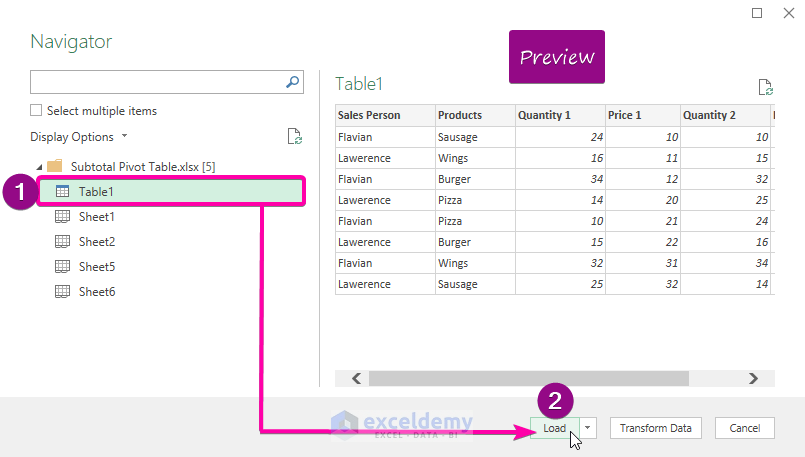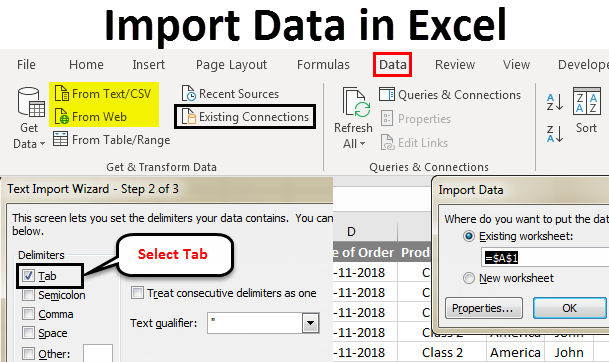5 Simple Ways to Import TripIt Data into Excel

TripIt is a powerful travel organizer, helping millions of travelers worldwide to plan, track, and share their journeys. Yet, for those who prefer to manage their travel itineraries with the flexibility of spreadsheets, integrating TripIt data into Excel can streamline planning and data analysis. Here are 5 simple ways to import your TripIt data into Excel:
1. Using TripIt’s Export Feature

TripIt offers a straightforward way to export your travel data:
- Log into your TripIt account.
- Navigate to the ‘Settings’ or ‘Profile’ section and find the ‘Export’ option.
- Choose ‘CSV’ as the file format for compatibility with Excel.
- Download the file to your computer and open it directly with Excel.
✅ Note: Make sure to periodically export your data to keep your Excel file up-to-date with your travel plans.
2. CSV to Excel Manual Import

If you prefer a manual process or need more control:
- Use the export method described above to get a CSV file from TripIt.
- Open Excel and go to the ‘Data’ tab.
- Select ‘From Text’, choose your downloaded CSV file, and follow the wizard to import your data into a new or existing sheet.
- Format your Excel sheet to enhance readability and functionality.
3. Using Online Conversion Tools

If you’re looking for an automated approach:
- Find an online tool that converts CSV to Excel. Websites like Convertio or CSV to Excel converter can do this seamlessly.
- Upload your TripIt CSV file to these platforms.
- Download the converted file as an Excel sheet (XLSX).
4. VBA Macro for Automated Import

For those with some programming knowledge or access to IT support:
- Create or obtain a VBA (Visual Basic for Applications) macro tailored for importing CSV files into Excel automatically.
- Set up the macro to open the CSV file, copy the data, and paste it into a predefined template within Excel.
- Run the macro whenever you want to update your travel data in Excel.
🛠 Note: Automating data import requires some initial setup but can significantly speed up your workflow in the long run.
5. Using API and Scripting Languages

If you’re comfortable with coding:
- TripIt provides an API that allows developers to access travel data programmatically.
- Use Python, JavaScript, or another scripting language to fetch data from the API.
- Parse the data, convert it to CSV or Excel format, and save it on your local system or cloud storage.
- Then import the file into Excel as explained earlier.
🔧 Note: This method involves more technical setup but offers the most flexibility and control over how your travel data is processed and stored.
In summary, whether you're a tech-savvy traveler or someone who prefers a straightforward approach, there are several ways to get your TripIt data into Excel. From the simple export feature to sophisticated programming solutions, each method can cater to different levels of technical expertise and specific needs for data management. By importing your travel itinerary into Excel, you can leverage the powerful analysis and presentation tools of Excel to make your travel planning more efficient and personalized.
Can I update my Excel sheet automatically?

+
Yes, by setting up a VBA macro or using an API with a scripting language, you can automate the import process. However, it requires some programming knowledge or IT support.
What should I do if the data doesn’t import correctly?

+
Ensure your CSV file is properly formatted before import. Check the encoding, separators, and column format. If issues persist, verify the CSV file in a text editor first, or try importing through a third-party tool that might handle the conversion more accurately.
Is there a way to import TripIt data into Excel on mobile?

+
Currently, Excel on mobile devices doesn’t support direct CSV import through TripIt’s Export feature. You might need to export the CSV on a computer, then sync or transfer the Excel file to your mobile device for further editing.
Can I integrate TripIt with other travel apps for better planning?

+
Yes, TripIt supports integration with various travel apps like Kayak, OpenTable, and Uber, allowing for a more seamless travel management experience. You can use APIs or share data manually to achieve this integration.



